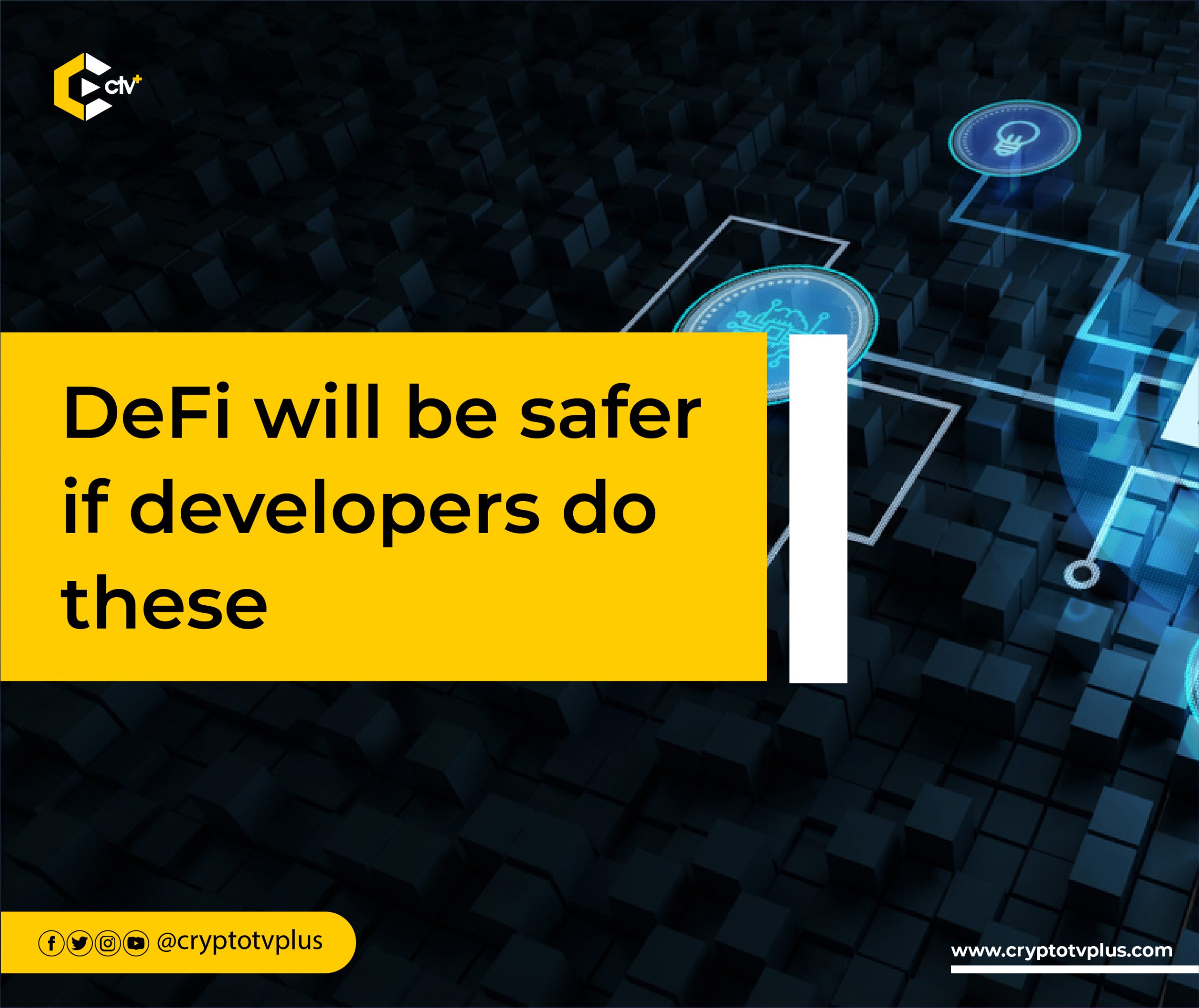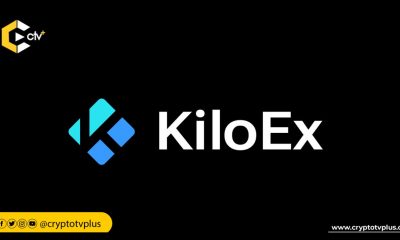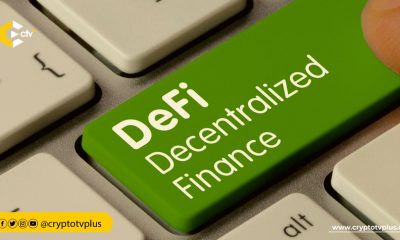FEATURED
DeFi will be safer if developers do these

The introduction or convergence of decentralized technologies and finance has birthed a new niche known as DeFi which has the potential to transform global finance by providing a level playing field for everyone to access financial services on a global level from anywhere.
Some of the services we need traditional banks and other financial institutions for – such as borrowing, lending, buying insurance, and trading – are being done on-chain and in a decentralized manner. The popularity and adoption of DeFi has created a market valued at more than billions of dollars as of 2022.
While DeFi has created a lot of opportunities for people globally, there are threats to this new and fast-growing industry such as illconcieved regulations, hackers, scammers and lack of education amongst many others. But how do we make it safe?
The COO of Halborn, David Schwed, recommends these steps as a guide to make DeFi safe as contained in Crypto Crime report for 2022 released by Chainalysis.
Test protocols with simulated attacks
David said that while DeFi developers create and deploy their dApps, it’s important to integrate hacking simulation into the development process. These processes are meant to test the resilience of the products they are building.
The COO noted that the implementation of a simulation should involve “different hacking scenarios on testnets” which will unveil how these DeFi protocols will respond “to the most common attack vectors”. As this is done, developers will see the loopholes in the protocols they design.
Take advantage of crypto’s transparency
Another process suggested by David is the use of transparency tools in crypto such as the mempool on the Ethereum blockchain. Mempool (memory pool) acts as a designed queuing system where transactions are saved and sorted before they are used to create new blocks.
The difference between Mempool and the main blockchain is that the former has records of unconfirmed transactions while the latter holds records of confirmed transactions. According to David developers can “monitor the mempool closely for suspicious activity on their smart contracts to detect possible attacks as early as possible”.
Circuit breakers
The third step David mentioned is the use of circuit breakers in DeFi protocols. DeFi protocols will use automated circuit breakers which can halt transactions immediately when any suspicious activity is discovered. “It’s better to briefly inconvenience users than to have the entire protocol get drained,” David argued.
As for regulators, they should create standardized procedures and rules that developers can follow while building protocols. DeFi is a two-way process that can be done voluntarily by developers or enforced by regulators. Whichever way is taken, the aim is to protect the DeFi space, David explained.
Investment in security is needed
Being part of Halborn, a security firm that has zero records of any audited but hacked project, David revealed that it is important to invest in the security systems of the entire DeFi industry. A lack of Investment in security infrastructure is part of the weaknesses of several protocols, he said.“A big protocol should have 10 to 15 people on the security team, each with a specific area of expertise”.
He also added that in an attempt for developers to build profitable products, they give more attention to growth over security. “The DeFi community generally isn’t demanding better security — they want to go to protocols with high yields. But those incentives lead to trouble down the road.”
Read also;

























Pingback: DeFi will be safer if developers do these by Chuks Nnabuenyi Jr – CryptoTvplus Events: NFT, DeFi, Bitcoin, Ethereum, Altcoin Events
Pingback: Sei Labs to launch mainnet Q2 with over 120 communities | CryptoTvplus: DeFi, NFT, Bitcoin, Ethereum Altcoin, Cryptocurrency & Blockchain News, Interviews, Research, Shows
Pingback: 24% of crypto tokens released in 2022 were pump & dumps - report | CryptoTvplus: DeFi, NFT, Bitcoin, Ethereum Altcoin, Cryptocurrency & Blockchain News, Interviews, Research, Shows
Pingback: Underground money laundering services are growing but why? | CryptoTvplus: DeFi, NFT, Bitcoin, Ethereum Altcoin, Cryptocurrency & Blockchain News, Interviews, Research, Shows
Pingback: Sei Labs to launch mainnet Q2 with over 120 communities - Crypto News Wire